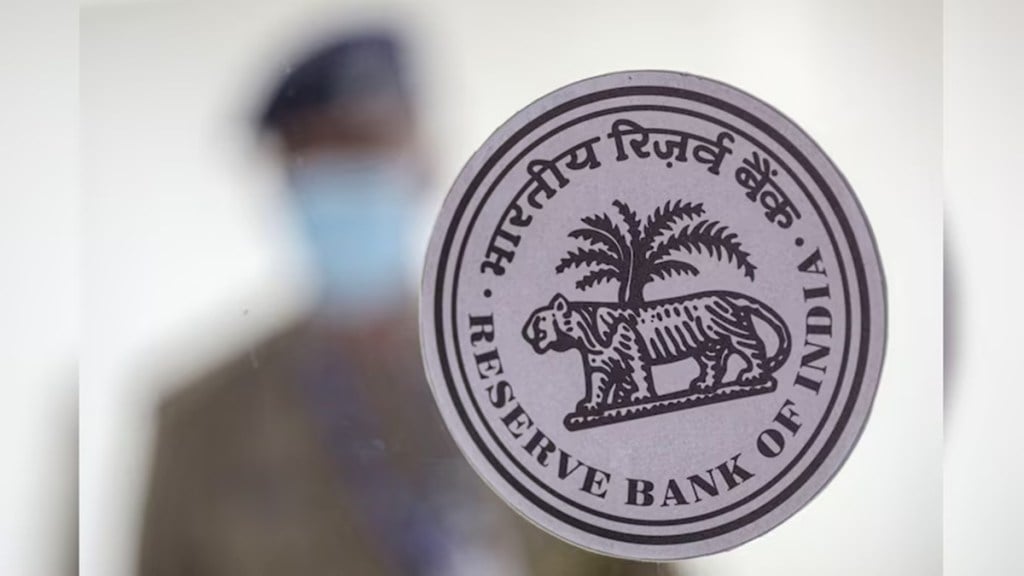The microfinance sector is showing signs of stress, with rising delinquencies across all types of lenders and ticket sizes, the Reserve Bank of India (RBI) stated in its latest Financial Stability Report.
According to the report, the asset quality of the sector deteriorated in the first half of FY25, with the share of loans overdue between 31-180 days doubling to 4.30% at the end of September 2024 from 2.15% at the end of March 2024.
The central bank noted that, alongside rising delinquencies, borrower indebtedness has also increased significantly. The share of borrowers availing loans from four or more lenders rose to 5.8% in September 2024 from 3.6% in September 2021.
“Among borrowers who had availed loans from multiple lenders and those with higher credit exposure, impairment remained high,” the RBI observed.
The report also highlighted a significant increase in the quarterly average ticket size of microfinance loans disbursed, which rose by 43% to Rs 50,430 in Q2FY25 from Rs 35,299 in Q2FY22.
The microfinance sector has been grappling with high delinquencies attributed to overleveraging and stress in rural household incomes. According to industry estimates, 8-10% of the sector’s total assets under management (AUM) is linked to borrowers with more than four lenders. The rising defaults prompted the industry’s self-regulatory organisation, Microfinance Institutions Network, to tighten lending norms. These include limiting the number of lenders per borrower to three from four and capping outstanding loans per borrower at Rs 2 lakh from Rs 3 lakh, effective January 1, 2025.
The RBI further noted that as credit to the microfinance sector surged in the post-pandemic period, select NBFC-MFIs and other NBFCs were found charging excessively high interest rates, triggering supervisory actions by the central bank.
In October, the RBI temporarily barred four NBFCs — Navi Finserv, DMI Finance, Asirvad Microfinance, and Arohan Financial — from fresh lending for violating norms on calculating household income and for charging usurious interest rates.
Credit to the microfinance sector by banks (including small finance banks), NBFC-MFIs, and other NBFCs has decelerated during the current financial year, following a period of rapid growth over the last three years. The report noted that credit to the sector grew at a CAGR of 24.4% between June 2021 and March 2024.
The central bank also flagged pockets of stress in the microfinance and consumer credit segments among key domestic macrofinancial risks requiring close monitoring.

